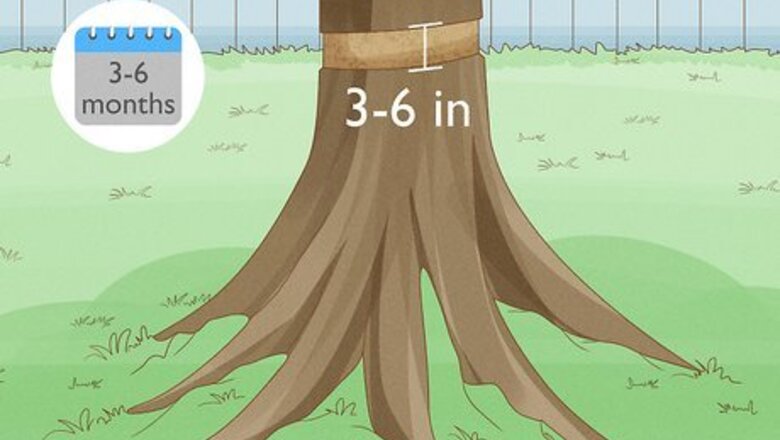
views
- Girdle the tree by carving a ring of bark out of it. This will stop growth and allow the tree to die out naturally.
- Kill the tree quickly with chemicals. Use a specialized basal bark treatment, or coat the roots repeatedly in glysophate.
- If you have a smaller tree, just cut it down yourself. Alternatively, you can keep cutting the leaves off and wait for the tree to perish.
Girdle the tree.
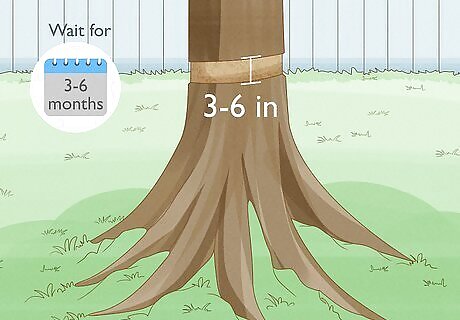
Cut a ring of bark out of the tree trunk and wait 3-6 months. Use a handsaw or a hammer and chisel to carve the bark off of the tree. Cut out a 3–6 in (7.6–15.2 cm) wide circle of exposed wood from the tree. Whenever you see the bark growing back, cut it off. The tree will die on its own over the next few months. This process is known as girdling. Cutting the bark interrupts the flow of sap between the roots and crown of the tree, which slowly starves the tree. Girdling is the easiest and most popular method for killing a tree without chemicals or herbicides, but the tree will take months to die from the process. You can add herbicides to the wounds to speed the process along if you’d like. You can slow the healing process down by painting the circle you cut out of the tree.
Use a basal bark treatment.

Basal bark treatments are the go-to chemical solution if you aren’t in a rush. Get your hands on a basal bark herbicide that suits your needs. Triclopyr is the most popular option, but any surfactant that mentions brushes or trees will work. Apply the treatment to the bottom 3–4 feet (0.91–1.22 m) of the trunk every week or two and the tree will die. Basal bark treatments are designed to spread the herbicide through the roots and branches of the tree. This is the most efficient way to poison a tree. Pro tip: add some dye to the solution. When the color fades from the base of the tree, you know it’s time to reapply the treatment.
Apply herbicide to the roots of the tree.
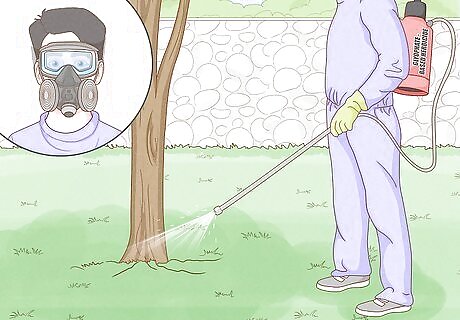
All-purpose herbicide will poison and kill the roots. Any glysophate-based herbicide will kill tree roots. Just make sure you’re wearing a respirator, gloves, and long sleeves when you apply it. Follow the instructions on the product you purchase and apply the herbicide to the roots of the tree. You can either apply the herbicide to the soil surrounding the tree, or dig out the soil to expose the roots and apply the herbicide directly. Both options will be effective. Glyphosate is a potential carcinogen, so handle it carefully and don’t skip the protective gear.
Opt for injectable poison.
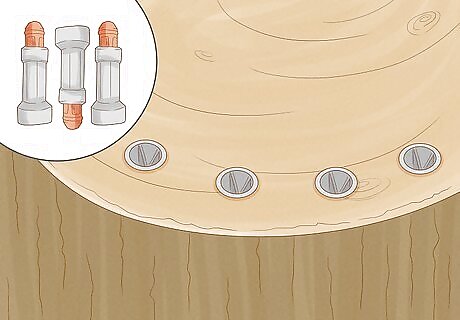
Injecting poison is the fastest option, but it can be unpredictable. Use a thick pilot drill bit to drive multiple holes in the base and middle of the trunk. Then, insert Ecoplugs or any glysophate-based herbicide directly into the holes. Reapply the poison or plugs every month or so until the tree dies. Girdling and herbicide are consistent options, but injectable poison can have varying results. This may be especially fast, or it could take years for the tree to die out entirely, but it’s a good option if you want a shot at a faster removal. This is also a great way to apply poison without anybody really noticing. The holes you drill shouldn’t be especially obvious unless someone looked really hard at the bark.
Spray the foliage with herbicide repeatedly.

Poisoning the leaves is ideal for smaller trees and saplings. Grab any general plant herbicide. Put on a respirator, gloves, and long sleeves and treat the leaves. They’ll fall off and die in a few days. Then, continue to treat the leaves whenever they grow back. Eventually, the tree will wither and die. This will take a lot longer than just treating the roots, but it may be preferable to treating the trunk or roots if you’re worried about nearby plants. This option isn’t great for larger trees or leaves that are hard to reach or cover.
Pour Epsom salt in the roots.
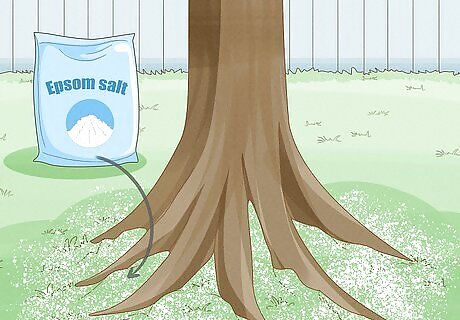
Epsom salt is a natural ingredient that kills the roots of a tree. Trees actually need a little bit of natural Epsom salt to survive, but in large doses it will kill them. Apply the Epsom salts around the roots of the tree. Re-treat the base of the trunk after heavy rains and your tree will die out eventually. How long this takes depends on the age and health of the tree. It could take 6 months or so for a smaller, weaker tree, or multiple years for a strong adult. Fun fact, this is where “salting the Earth” came from! Large amounts of salt will destroy basically any vegetation.
Prune the leafy branches repeatedly.
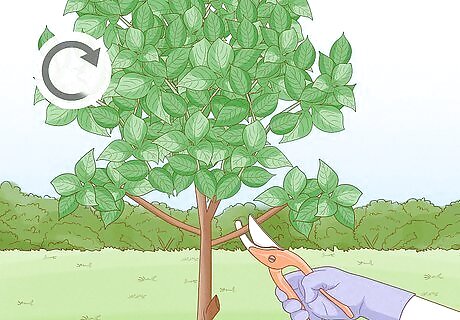
Cut the green leafy branches back to starve the tree. If you don’t want to use any chemicals or other ingredients, you can just cut the tree down repeatedly. Grab some large pruning shears or a chainsaw and clip every section of branch with leaves on it. But, leave all of the thick wood. The tree won’t get the sunlight and nutrients it needs to survive and slowly die. Whenever you see leafy greens regrowing, cut the growth back. The tree will eventually give up and stop growing.
Cut the tree down.
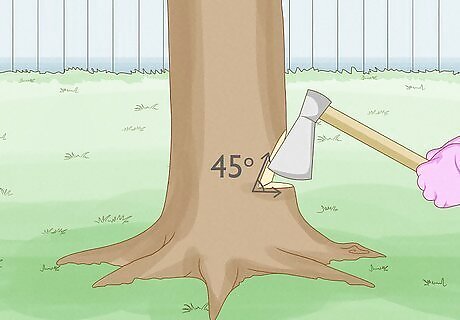
If the tree is on the smaller side, chop it down yourself. If you’ve got a larger tree, hire a tree removal company to come out and remove the tree for you (this is especially key if the tree is near your home, garage, or some other structure). If the tree is less than 10 ft (3.0 m) tall or so, go ahead and fell the tree yourself. Use an axe to cut the trunk at a 45-degree angle to the ground (in the direction you want the tree to fall). Plan 2 escape paths, and get out of the way as the tree falls. You can leave the stump when you’re done or dig it out of the ground. If the stump is really entrenched, you may need to hire a crew to do this.
Let a destructive pest kill the tree for you.
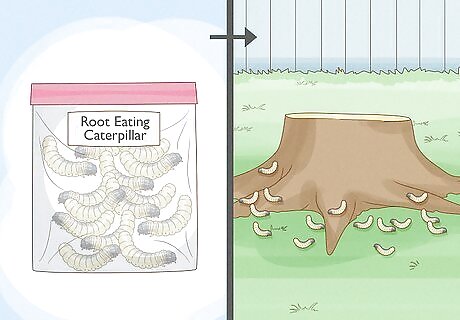
Either buy root-eating caterpillars or neglect the tree until it dies. Some trees will die on their own if you just leave pests alone to do their thing. Alternatively, you can purchase any pest that eats trees and introduce them to your target. Root-eating caterpillars are probably most efficient, but there are beetles, worms, and other critters out there for sale. Keep in mind, the caterpillars, beetles, or whatever bugs you introduce are going to go somewhere else after they’re done with your tree. This isn’t a great option if you don’t want to kill other nearby trees.










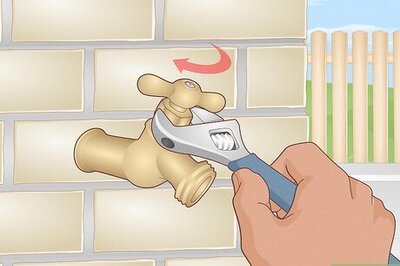





Comments
0 comment